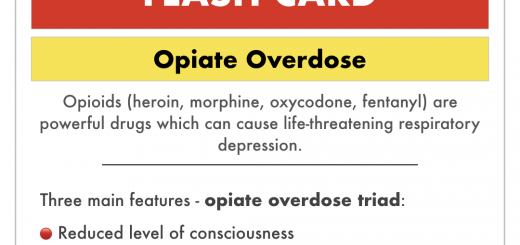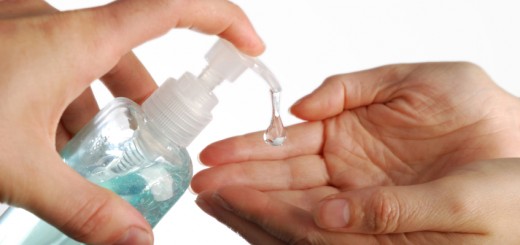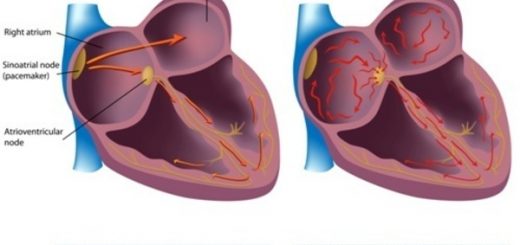Why Do You Need Tweezers in a First Aid Kit? Here’s the Info
Stuck with a splinter? Tweezers are there for your rescue, but their powers extend far beyond that!
This blog post discusses the potential of tweezers in your first-aid kit. From bee stings to stubborn ticks, learn how these little tools can be your big allies in minor emergencies.
So, let’s get started, shall we?
Common Uses of Tweezers in First Aid
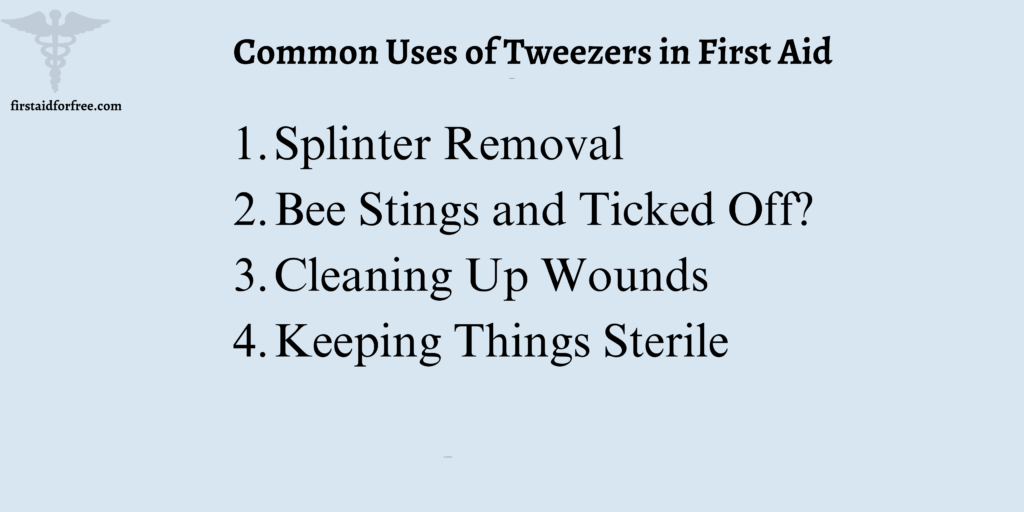
Tweezers might seem like a simple tool, but they’re very useful in the world of first aid. Let’s know how these handy helpers can come to your rescue in various situations:
1. Splinter Removal
A sneaky splinter digging into your finger like a tiny villain. Tweezers are the perfect weapon against these. Their pointed tips allow you to grab the splinter firmly and gently pull it out without squeezing it deeper or causing more pain. Remember, fingers can be clumsy, so tweezers offer much more control.
2. Bee Stings and Ticked Off?
Bee stings often leave behind a barbed stinger that keeps pumping venom into your skin. Tweezers can help you remove the stinger quickly and efficiently.
Tweezers are also your best friend when it comes to removing ticks. They allow you to grasp the tick close to the skin and pull it straight out, preventing it from burrowing deeper and transmitting diseases.
3. Cleaning Up Wounds
While you shouldn’t go digging around in a wound, tweezers can be helpful for removing larger debris after you’ve cleaned the area with disinfectant. Remember, always sterilize your tweezers first to avoid introducing any new germs!
4. Keeping Things Sterile
Wounds need a clean environment to heal properly. Tweezers come in handy when you need to apply bandages or dressings. They allow you to hold the bandage without touching it directly with your fingers, which can carry bacteria. This helps keep the wound clean and promotes faster healing.
Choosing the Right Tweezers for Your Kit
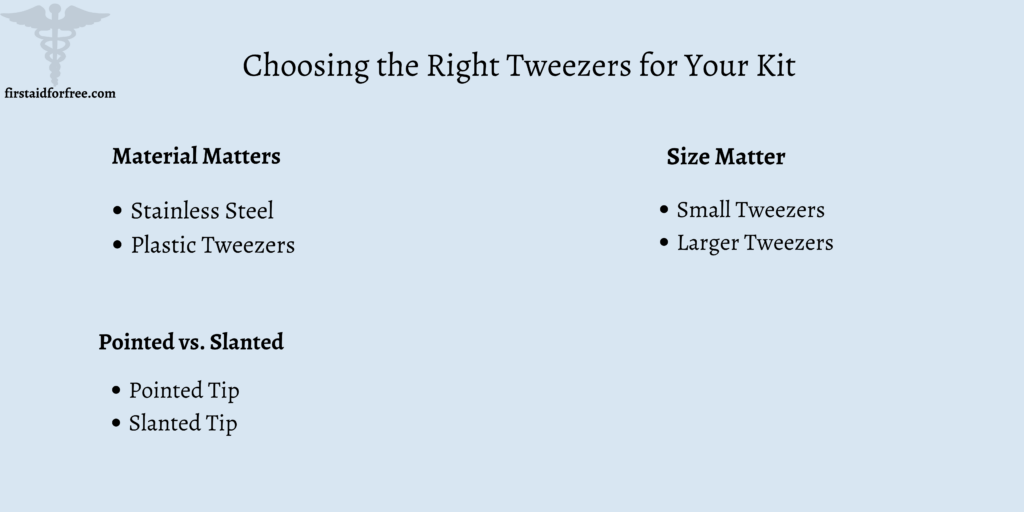
Having the right tweezers in your first-aid kit can make a big difference. What should you consider while choosing?
Material Matters
- Stainless Steel: Stainless steel is strong, durable, and, most importantly, can be sterilized easily. This means you can clean them thoroughly after each use to prevent spreading germs.
- Plastic Tweezers: Plastic tweezers can be an option. However, they’re not as strong or reliable as stainless steel. They might bend or break easily, and sterilizing them can be tricky.
Pointed vs. Slanted
The tip of your tweezers plays a big role in how you use them. Here are the two most common types:
- Pointed Tip: This is your go-to for precision work. The sharp point makes it ideal for grabbing tiny splinters, bee stingers, or removing embedded objects.
- Slanted Tip: This all-rounder offers a good balance between grip and control. The angled tip allows you to grab objects from different angles, making it useful for handling bandages or removing larger debris from wounds.
Size Matter
Having two different sizes of tweezers in your kit can be helpful:
- Small Tweezers: These are perfect for delicate tasks like splinter removal or handling contact lenses.
- Larger Tweezers: When dealing with bigger objects, like removing a tick or grabbing a bandage, a larger pair of tweezers offers more grip and control.
Additional Uses for Tweezers in First Aid
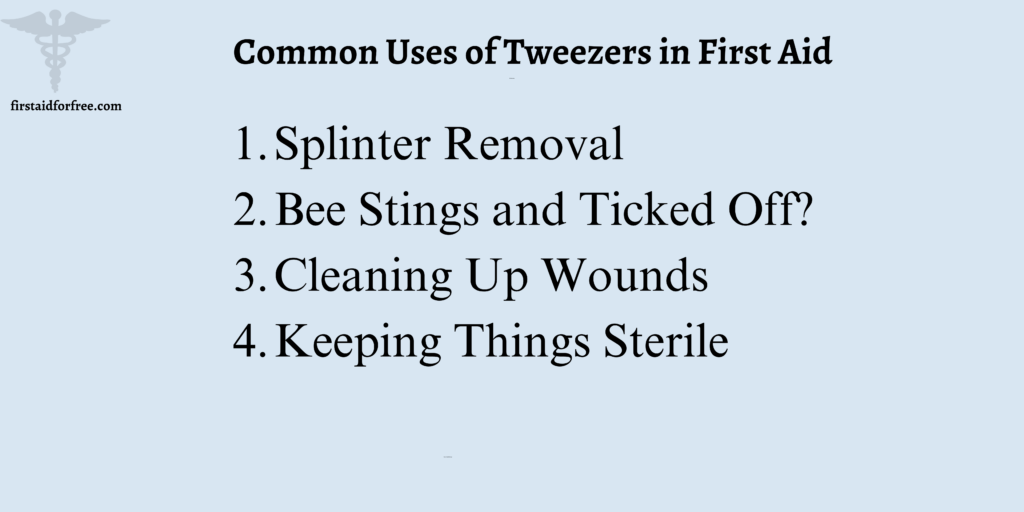
While removing splinters and bee stingers are the classic uses for tweezers in first aid, these handy tools have some surprising hidden talents:
1. Ticked Off Ticks:
Ticks can be a real nuisance. If you find one clinging to you, don’t panic! Sterilized tweezers can help you remove it safely. Remember, the key is to grab the tick close to the skin and pull it straight out. Don’t squeeze or twist, as this can leave the tick’s mouthparts behind and increase the risk of infection.
2. Fishhook Mishaps:
If you ever get a fishhook snagged in your skin, sterilized tweezers can be used to remove it. However, this can be tricky and sometimes painful. If the hook is deeply embedded or causing significant pain, don’t try to remove it yourself!
Seek medical attention immediately.
3. Blister Relief:
Blisters can be painful and annoying. In some cases, carefully draining a blister can help relieve pressure and promote healing. However, this should only be done on small, simple blisters.
For large or infected blisters, always consult a doctor. If you do decide to drain a blister yourself, sterilize your tweezers thoroughly and only pierce the very edge of the skin.
4. Contact Lens Helpers:
For contact lens wearers, sterilized tweezers can be a lifesaver. They allow you to insert and remove your lenses hygienically, minimizing the risk of touching your eyes with dirty fingers. Remember, always clean and disinfect your tweezers before handling your lenses.
Maintaining Your Tweezers for Optimal Use
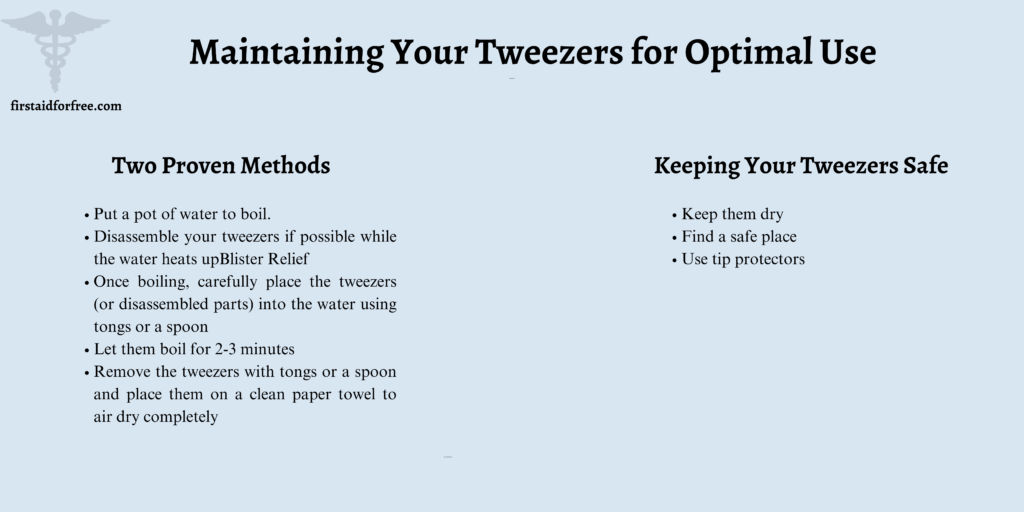
Here’s how to keep your tweezers clean and sterilized for optimal use:
Two Proven Methods
Alcohol Wipe Down: This is a quick and easy way to clean your tweezers between uses. Simply grab a rubbing alcohol wipe and thoroughly wipe down the tips and body of the tweezers. Let them air dry completely before storing them.
Boiling Water Bath: For a deeper clean, especially after dealing with wounds or removing embedded objects, you can sterilize your tweezers using boiling water.
- Put a pot of water to boil.
- Disassemble your tweezers if possible while the water heats up.
- Once boiling, carefully place the tweezers (or disassembled parts) into the water using tongs or a spoon.
- Let them boil for 2-3 minutes.
- Remove the tweezers with tongs or a spoon and place them on a clean paper towel to air dry completely.
Remember: Never put hot metal directly on a counter or surface, as it can damage them.
Keeping Your Tweezers Safe
Once your sterilized tweezers are dry, store them properly to prevent them from getting dull, damaged, or contaminated:
- Keep them dry: Moisture can lead to rust, so make sure your tweezers are completely dry before storing them.
- Find a safe place: Store your tweezers in a sealed container or case within your first-aid kit. This protects them from dust, dirt, and getting bent or scratched.
- Use tip protectors: Many tweezers come with little caps for the tips. Use these whenever possible to keep the tips sharp and aligned.
FAQs
Can I use regular tweezers for first aid?
Yes, but stainless steel tweezers are best. They’re strong, durable, and can be easily sterilized with rubbing alcohol or boiling water. Plastic tweezers can be a backup option, but they’re not as strong and can be trickier to sterilize.
Should I have different-sized tweezers in my first-aid kit?
Having two sizes can be helpful! Small tweezers are great for delicate tasks like splinter removal, while larger ones offer more grip for handling bandages or removing ticks.
Is it okay to use tweezers to drain a blister?
Only for small, simple blisters. For larger or infected ones, see a doctor. If you do drain a small blister yourself, sterilize your tweezers thoroughly and only pierce the very edge of the skin.
Conclusion
By keeping tweezers clean and knowing their various uses, you can transform them into big helpers in your first-aid kit.
Remember, preparedness is key, and with a well-stocked kit and a newfound appreciation for tweezers, you’ll be ready to tackle minor medical mishaps with confidence!

